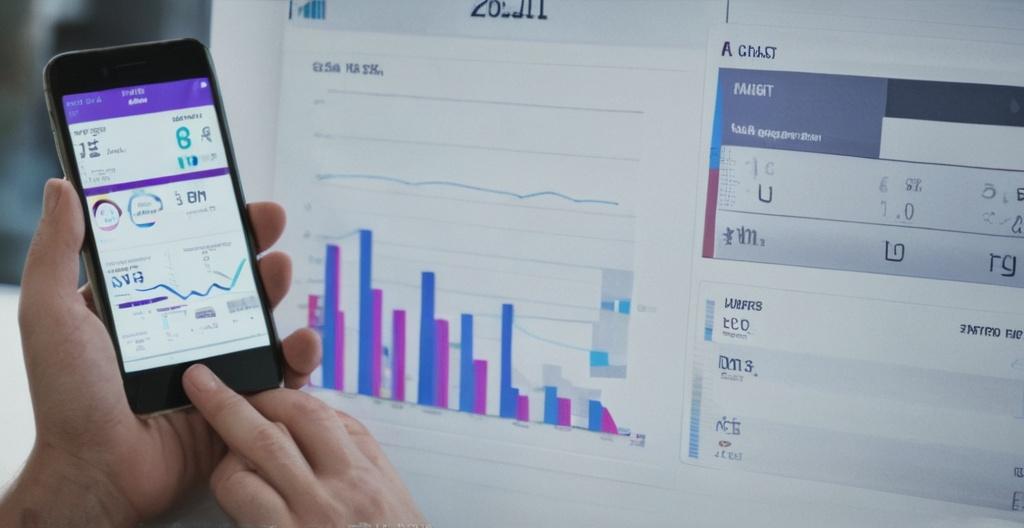Key Take Aways About The Trade Lifecycle: From Execution to Settlement
- Trading involves a multi-step process called the trade lifecycle.
- Trade execution occurs when a buyer or seller places an order in the market.
- Trade matching pairs buy and sell orders, resulting in a confirmed trade.
- Clearing ensures both parties can fulfill their trade obligations.
- Settlement finalizes the trade, transferring ownership of assets.
- Risk management and reconciliation are crucial between execution and settlement.
- Regulations and compliance ensure fair and transparent trading practices.

The Trading Lifecycle
Trading isn’t just about clicking the button and watching numbers dance on a screen. It involves a sequence of events that makes sure your trade goes from an idea in your head to a done deal. This is called the trade lifecycle and knowing each step gives you an edge in understanding how the market operates.
Trade Execution
First things first: execution. When you decide to buy or sell a security, you’re executing a trade. This is when you send an order to your broker, who then puts it onto the market. It’s like having your order placed in a giant global shopping cart. The execution can be lightning-fast or take some time, depending on your strategy and market conditions. You’ll see terms like market order or limit order thrown around—these aren’t just fancy words; they actually dictate how and when your order hits the market.
Imagine you want to buy a new gaming console. A market order is like rushing to the first store and buying it at whatever price they offer, while a limit order is like telling the store you’ll pay only a specific price and waiting until they’re ready to sell it to you at that price. Makes you ponder, doesn’t it?
Trade Matching and Confirmation
Once your order is out there, the next step is trade matching. This is where the market’s matchmaking service gets to work. Your buy order gets matched with someone who wants to sell, or vice versa. It’s like swiping right on the perfect seller. A confirmation comes next, usually along with a little buzz from your phone—congratulations, you’ve got yourself a match!
Clearing
Alright, so you’ve got an agreement to buy or sell. What now? Here comes clearing. Think of it as the period where your broker ensures everything’s squared away before the big day. They make sure you have the dough (or shares) you promised, and the other party does too. It’s the unsung hero of the operation—if clearing doesn’t happen, neither does your trade.
Settlement
Finally, we reach settlement—the moment your trade settles and becomes official. It’s like the day the keys to your new house are handed over. This normally takes a couple of days, known as the T+2 system in most markets, where “T” is the trade date. It’s somewhat like waiting for your online shopping parcel to arrive. Once settled, the stocks or funds officially change hands. You can now genuinely call yourself the proud owner of those shiny new assets.
Risk Management and Reconciliation
Between executing a trade and its settlement, it’s essential not to lose sight of risk management. You wouldn’t buy a car without considering insurance, right? Traders must constantly verify their positions and ensure their risk levels align with their strategy and goals. This is where reconciliation steps in, ensuring the trade details match both sides’ books. It’s double-checking to see you haven’t somehow added an extra zero or ended up with an unwanted stock collection.
Regulations and Compliance
We can’t forget about regulations and compliance which tuck into every corner of trading. This isn’t just bureaucracy; it’s what ensures fair play. Regulatory bodies like the SEC in the United States and FCA in the UK keep the markets honest. They make sure that during every step, from the point you hit execute to settlement, everything follows the rules.
Trade Lifecycle in Practice
Let’s say you’re a trader at a firm, working with a new system that executes trades in milliseconds. You’ve set your systems to place trades based on specific algorithms that analyze stock trends. You notice a stock dipping and decide it’s time to jump in. Your algorithm calculates the best price, automatically sends the order for execution, and waits for that match in the market. Once matched, the trade goes through clearing and eventually, settlement. While this goes on, compliance teams ensure that every trade abides by regulations.
These complex processes behind a seemingly simple button press are the nuts and bolts of modern trading. From the moment you decide to trade to when the transaction settles, every step has its purpose. Next time you say, “I’m buying some stocks,” you’ll appreciate the journey it takes to get from your mind to the market.